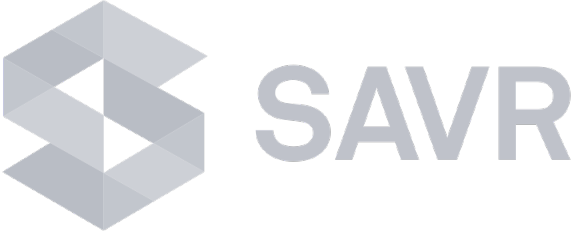Serverless Computing
Serverless Computing & AWS Lambda, The Paradigm Switch
5 mins read

Amazon Web Services, AWS, is a leader in the field. Their definition of serverless sounds: "Serverless Computing most often refers to serverless applications. Serverless applications are ones that do not require you to provision or manage any servers. You can focus on your core service and business instead of OS, OS patching, provisioning, right sizing, scaling and availability."
Serverless Computing is thus a model for running services or code in the cloud where the supplier dynamically allocates resources. Despite the name, servers are still used in the background, but all management and resource planning of these are done by the cloud provider. The developer does not have to worry about keeping track of the servers running the code, whether it's when developing the code or when it is taken into operation. As a business, you simply get more time for your product and can focus on what gives value to the customer and the user.
In addition to not having to allocate and administer individual servers, physical or virtual, serverless computing is even more in line with most modern thoughts about system development where features or services are broken down to being standalone and scalable. The term microservices is the one commonly used to describe the thought behind.

THE BENEFITS OF SERVERLESS COMPUTING:
It lets you focus on the important thing; your product or service. Benefit from a platform without thinking about infrastructure and improving the productivity of developers. Get more time to focus on business goals and create products that reach the market faster. - It is easy. As a developer, you do not need to manage servers. Also, do not install software that should then be maintained and administered. No infrastructure or settings. These are work moments that in many cases are time consuming.
- It is cost-effective and provides better cost control. As a company, you pay only for the resources you use. Data processing without server is event-driven and resources are allocated as soon as they are triggered by an event. You are only charged for the time and resources required to run the code - through sub-session debit.
- It saves time. Working serverless is also much more time efficient. Both for the company and the customer. As I said earlier, it also contributes to the emergence of new products on the market.
- It is flexible and scalable. Your application will be scaled up automatically. It may be that some function takes more power, so the platform looks like it just gets more resources. With a more traditional architecture, you have to scale up the entire web service. There will also be more seamless connections between the different functions.
- It is reliable and safe. You get access to a robust, accessible and secure IT environment when needed.
- It is easy to build intelligent solutions. In serverless, there is built-in Artificial Intelligence within reach of developers.
PLATFORM AND SERVICES IN SERVERLESS COMPUTING
There are several different implementations of serverless computing. The main example today is AWS Lambda with about 70% market share, but Microsoft has Azure Functions, Google has Cloud Functions and Apache / IBM has OpenWhisk. AWS Lambda supports many application and backend variants, allowing you to run code without having to configure or manage servers. Languages supported in Lambda include Node.js, Java, C #, Go, and Python. As a company, you only pay for used resources and AWS measures the computing power you use in 100 milliseconds increments.
Combining AWS Lambda with other server-free services from AWS like S3, DynamoDB, API Gateway, Kinesis, SNS and SQS lets you create a powerful solution that has all the benefits we’ve previously watched. In AWS Lambda, there are also opportunities to integrate intelligence in the form of services such as Amazon Recognition, Polly, Translate, Lex or Transcribe in your apps.
AWS Lambda and serverless computing are used today in all types of industries and in all types of solutions. AWS itself points to, for example, iRobot with its over 20 million sold robots where the underlying platform is based on a serverless architecture based on AWS Lambda and AWS IoT or Thomson Reuters solution to handle and analyze over 4,000 events per second through Amazon Kinesis and AWS Lambda. See more case studies from AWS here.
No brainer, however, is that you can start with serverless and grow into it. Move individual features from a traditional platform to AWS Lambda or utilize server-less services when new features need to be used. Most importantly, serverless from now on is included as a platform to use the same as virtual machines or containers made earlier.
Recent Blog
Effortless IT Modernization: The Ultimate Guide to Top Cloud Migration ToolsUnlocking Cloud Cost Optimization: Strategies to Allocate and Maximize Your BudgetDemystifying Cloud Computing: IaaS vs. PaaS vs. SaaS - Finding the Perfect Fit for Your BusinessUnleashing Business Potential: The Perfect Infrastructure Solution - Managed Cloud ServicesEnhancing Business Security: Expert IT Vulnerability Assessment for Uninterrupted OperationsUnsure About Your Cloud Strategy? Let Us Guide You
Receive personalized guidance from our cloud professionals. Talk to an expert or schedule a meeting with our consultant today.
Talk To Our Cloud Expertsour services
These services represent just a glimpse of the diverse range of solutions we provide to our clients
Get in touch
Connect with us
Tell us about your business requirement - and let us take care of the rest.
INFORMATION
Phone
And our team will get back to you.



